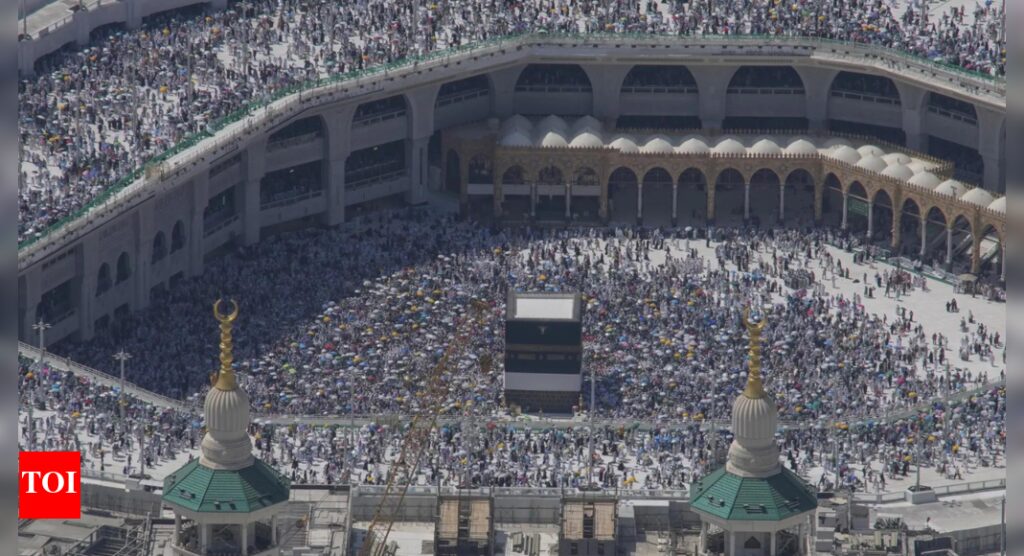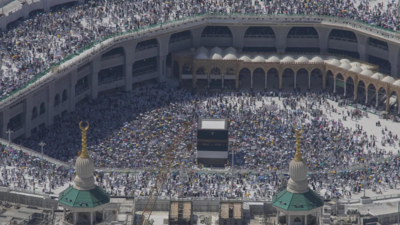Hajj 2025: As pilgrims gather in Mecca, a look back at past tragedies

Hajj, the annual Islamic pilgrimage to the sacred city of Mecca in Saudi Arabia, is set to begin on Wednesday. Over the past decade, the holy event has seen a series of tragic incidents, ranging from fatal stampedes to militant attacks.Last year, around 1,301 pilgrims, mostly unregistered, died when temperatures soared to 51.8°C, with many lacking access to air-conditioned tents and buses.
Stampedes
Stampedes have been a recurring tragedy during Hajj. The deadliest occurred in 2015, when approximately 2,300 worshippers died during the symbolic “stoning of the devil” ritual in Mina near Mecca.Just two weeks earlier, more than 100 people were killed when strong winds caused a construction crane to collapse onto Mecca’s Grand Mosque.In 2006, a hotel collapsed in Mecca’s city center, killing 76 people, followed shortly by a stampede that claimed the lives of 364 pilgrims.Earlier tragedies include a 1994 stampede that killed 270 people, and a 1990 disaster in which 1,426 people died due to a ventilation system failure in a tunnel at Mina. Most victims were Asian, and seven pilgrims reportedly fell from a bridge.
Fatal Attacks
On July 10, 1989, twin explosions outside the Grand Mosque killed one person and injured 16 others. In the aftermath, 16 Kuwaiti Shiites were convicted and executed for the attacks.In another major incident, on November 20, 1979, gunmen took dozens of pilgrims hostage while demanding the abdication of the Saudi royal family.
Protests
A deadly protest on July 31, 1987, saw over 400 people killed, including 275 Iranian pilgrims, during an unauthorized demonstration.
Fires
In one of the worst fire incidents, a gas stove explosion caused a blaze that killed 343 people and injured 1,500 in Mina.In 1975, more than 200 people died after a gas canister exploded near a pilgrim camp close to Mecca.This year, more than a million Muslim pilgrims have arrived in Mecca for Hajj. With temperatures forecast to exceed 40°C, authorities have stepped up preparations to avoid a repeat of past disasters.Forty government agencies and 250,000 personnel have been deployed to manage the heat and ensure the safety of pilgrims.








